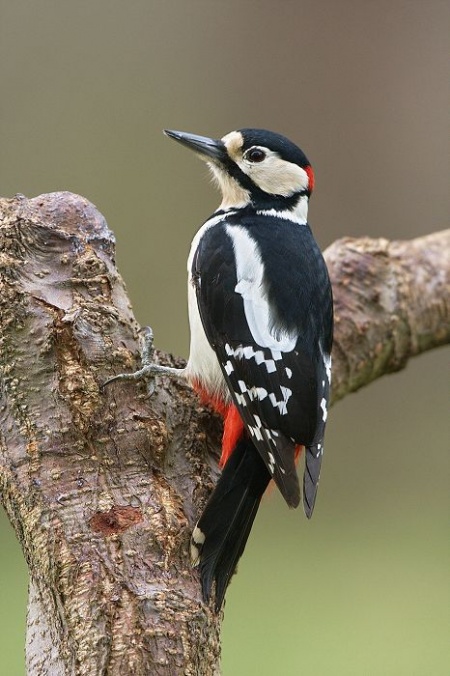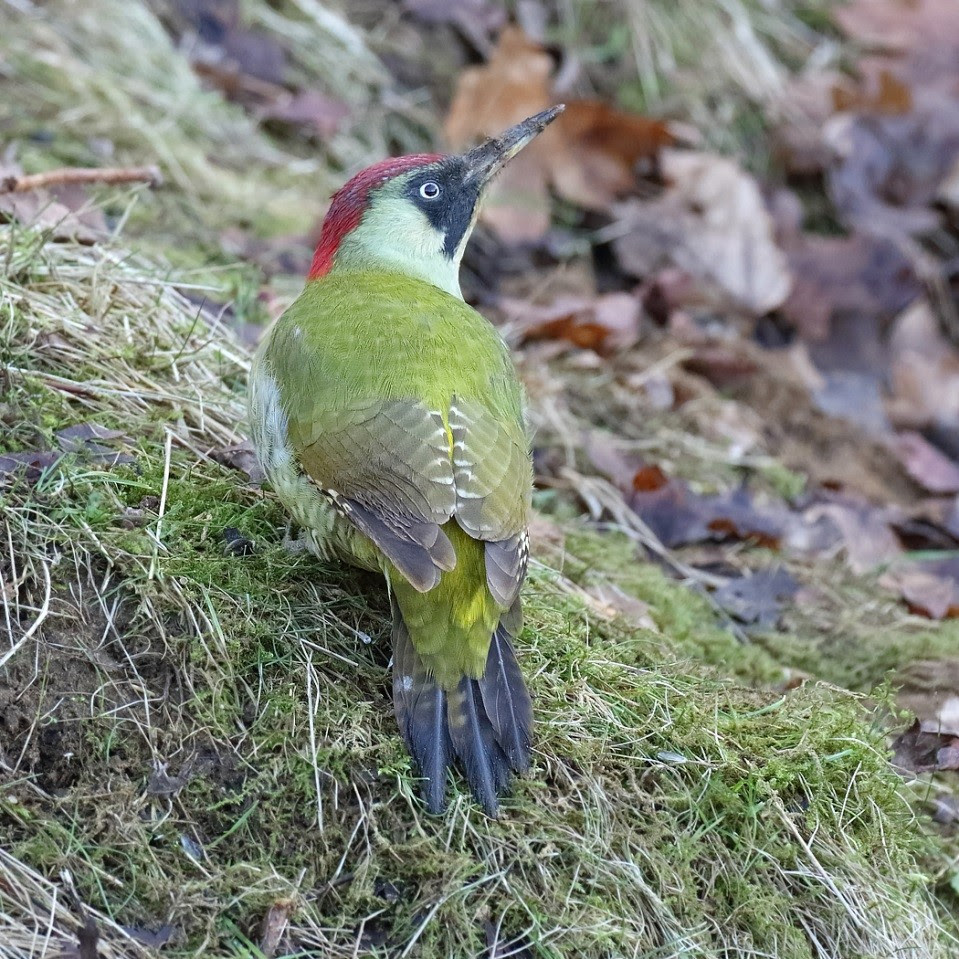Sickleholme Nature Notes
By the middle of the month, June had become very hot and sunny which suits some creatures more than others. Hot weather can be hard on young birds that are still in the nest, but Alan Kydd’s final round of the nest boxes confirmed that some 120 young birds had successfully fledged this year; the best result since the monitoring commenced in 2014. Swift numbers still look low, although there were 15 over the first tee on 22nd, but there were plenty of other species reported including almost daily sightings of Grey Heron and Buzzard and a family party of Mistle Thrushes on 12th. One record that did please me was a Green Woodpecker sighting that came via a member, as I have never personally seen one on the course. Eating predominantly ants, and thus very welcome in gardens, it is much bigger than the Great Spotted Woodpeckers that are seen or heard (the flight call is a sharp “qwick”) at Sickleholme, as can be seen from the two images here.
The butterfly list grew by three more in Comma, Large White and Meadow Brown, giving us eight species for the year now, and Gatekeepers will surely follow during July. One obvious new flower species for the year was the Oxe-eye Daisies which appeared in several places around the fringes of the course.
My efforts to find a first dragonfly species meant several sessions scouring the practice ground pond. Still no dragonflies and somewhat overgrown at present, so no sign of last year’s Moorhens either, but lots of colour. The Yellow Flag (an iris) is very showy, the Water Lilies are now flowering, and Tufted Vetch has appeared. What was really nice, however, was the discovery of a moth called Beautiful China-mark (see image) which is one of a small family of moths that lays its eggs in water and the young larvae then develop within spun leaves or on a stem and feed below the surface.
Although we could only hope to see around a dozen and a half species of butterfly on the course, I would hazard a guess that it holds 250+ species of moth since I have caught almost that number in my own garden. All released unharmed, I might add. Overall, another interesting month as we appreciate just how much wildlife is well suited to golf courses.



